Saptapadi:7 Hindu Marriage Vows Decoded – विवाह के 7 वचन
Saptapadi: Hindu Marriage transforms one’s lifestyle and creates a whole new realm of duty, obligations, and privileges. First, we have to understand that a marriage does not mean only a contract or arrangement of the even between the two parties or between the two castes or religions or adults.
But it is rather a union between the two souls and the whole families. Hence, I will give my full efforts to provide the best information with regards to wedding ceremonies, rites, and rituals.
READ: What is Hindu Dharma?
Marriage is not only a ritual or social norm or temporary contract entered or created by societal peers or influence of the pleasure but it is the most important sacrament, necessary for every individual to realize one’s potential and to fulfil the responsibilities which one owes to self, family, and society at large.
In Hindu Scriptures, marriage has the following words which depict the union or bondage or oneness.
Panigrahana – Holding hands in every situation.
Kalyana – Auspicious occasion.
Udava – Bearing up, support the family and taking the girl from her father’s house with respect and permission.
Parinaya – Walking around the sacred fire with Vedic Mantras to witness the ritual.
Upayama – to bring oneself to the near and dear and evolve self in the other soul.
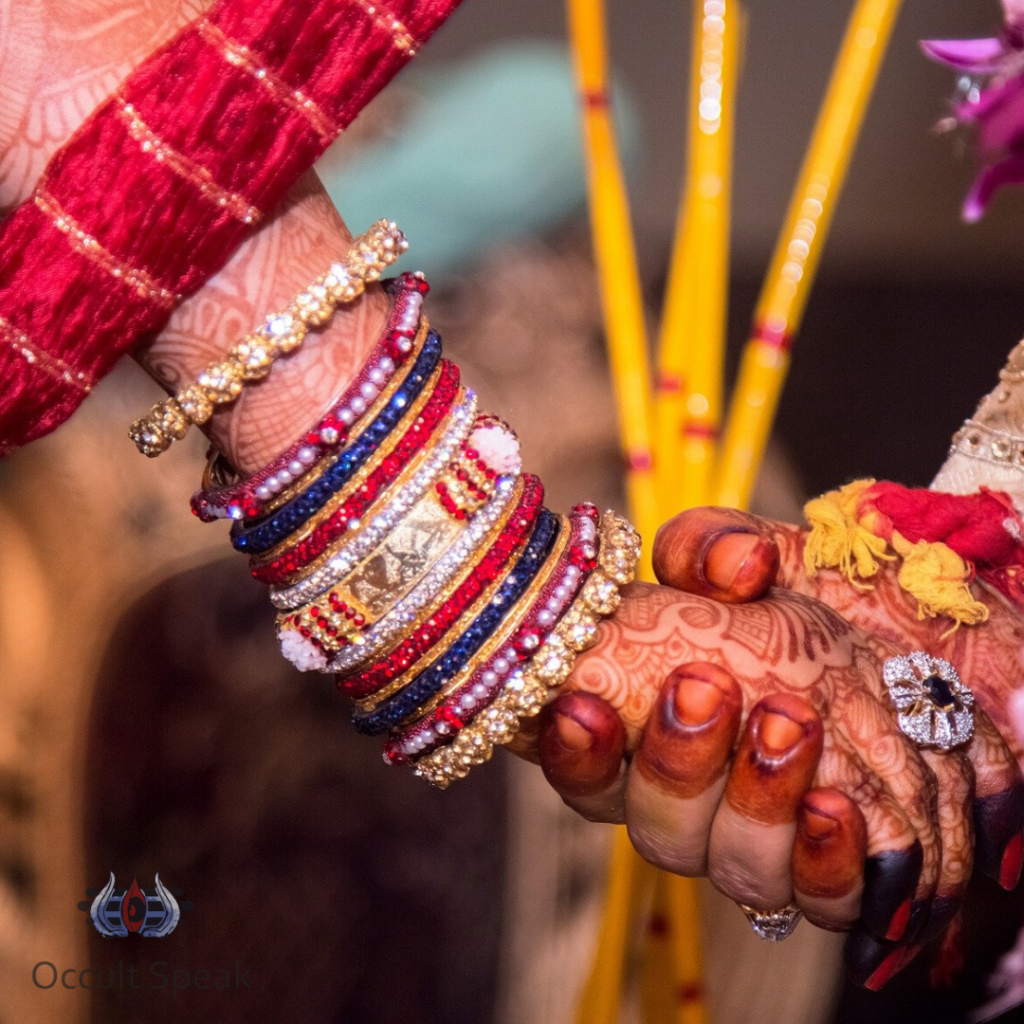
Purpose of Marriage:
According to Rig Veda, marriage enables the man to become self-sufficient to perform the household duties, sacrifice its pleasure and procreate the sons.
Hence, Sapthapada Brahmana says further-
‘The wife is indeed half of one’s self; therefore as long as a man does not secure a wife so long he does not beget a son and so he is till then not complete (or whole), but when he secures a wife he gets progeny and then he becomes complete.
Further Marriages are for 4 reasons, according to the Rig Veda:
- Progeny (Praja)
- Sexual Pleasure (Rati Kriya)
- Happiness (Anandam)
- Companionship for Dharma (Dharma Sampatti)
The Hindu Law or Dharma Shastra and Grihya Sutra empathize/mentions 8 types of Marriages, out of those eight, three are majorly practised in INDIA.
1. Prajapataye: In this marriage, the parents of eligible bachelors who are highly qualified, healthy as per the Vedic class and the status quo of the family is extremely high and has good respect and stability in society, go to the family having same or nearby characteristics and approaches the girl’s father to initiate marriage. This is a major form of arranged marriage seen nowadays.
2. Brahma: In this type, the boy’s parents look for the girl having high Vedic knowledge and auspicious features with strong moral characteristics in a girl, approach her father for marriage. This is a typical arrangement of marriage that many families follow especially in Rajasthan, Gujarat and royal families.
3. Gandharva: In this arrangement, the two parties i.e adult-consent is taken but the major decision is undertaken by the bride and groom to choose their respective partner based on the parameters s/he is looking in her soulmate.
Once the decision is made, the person takes the family’s consent and make an arrangement for marriage. This arrangement was made in Vedic Age wherein A Swayamvar was made and the girl was allowed to choose her partner based on certain parameters which she will approve such as education, Vedic Gyan, archery, bravery, social status quo, royalty, etc.
4. Arsha: This is still practised in ancient and modern India and is strictly condemned by Hindu Shastra. Here, when the Bride does not have special qualities then Bridegroom will offer the bride’s parent special offer in any form, maybe money, properties, jewellery, etc (in ancient India, cattle was offered in the form of the bribe).
This custom is known as Sulka and currently practised and known as Dahej in Modern times. Although it is considered as a Crime by the Indian Law of Court it is still practised in many major cities and communities.
The 4th Marriage is practised in India as a form of sacrifice and compensation since the person is not capable enough to handle the finance and background is not that strong that people invite them for a sacred marriage proposal.
In Arsha, if the compensation is taken as a gift then it is considered as the best marriage else the in-laws will blame and abuse the girl throughout her life.
The 3rd form is still prevalent in India and in many communities in West and North India. In South Gujarat, there are many communities wherein the boy’s parents give a large amount to offer to girl parents for accepting the marriage. The more the daughter one has, the more is prosperity and respect in society.
Arranged Marriage and Compatibility:
Ancient Indian texts confirm that it is the duty of every parent that once the girl reaches puberty, parents should find a suitable bridegroom for the marriage.
Before 1940 and still, in villages, the (minor part) child marriage still prevail in the Indian community.
Manu Smriti ( XI Chapter Sloka 90- 91 ) says it requires to wait for 3 years for a girl until she reaches the age of puberty and attains marriageable age. But if the parent does not find a suitable match for her then it is advisable and duty of the girl to find a match for herself.
This form was known as Gandharva Vivah in ancient India and now known as Love Marriage.
According to the traditional values and customs, the fulfilment of the requirement of this sacred marriage is to procreate and balance the life cycle.
Nowadays, since we all are living and working in stressful conditions, the youth does not get a suitable match for him/her. Also, the expectations and parameters are very high compared to ancient traditions, hence we can see the high ratio of divorce and separation cases in the last 2 decades.
Most of the partnerships nowadays are based on the attraction first, lesser on the equation and compatibility therefore online dating sites like Tinder are growing multifold.
Now due to the stress level and mismatch, many fake astrologers and numerologists take undue advantages of these families and give glossy pictures of high compatibility between the girl and boy in astro and numero chart.
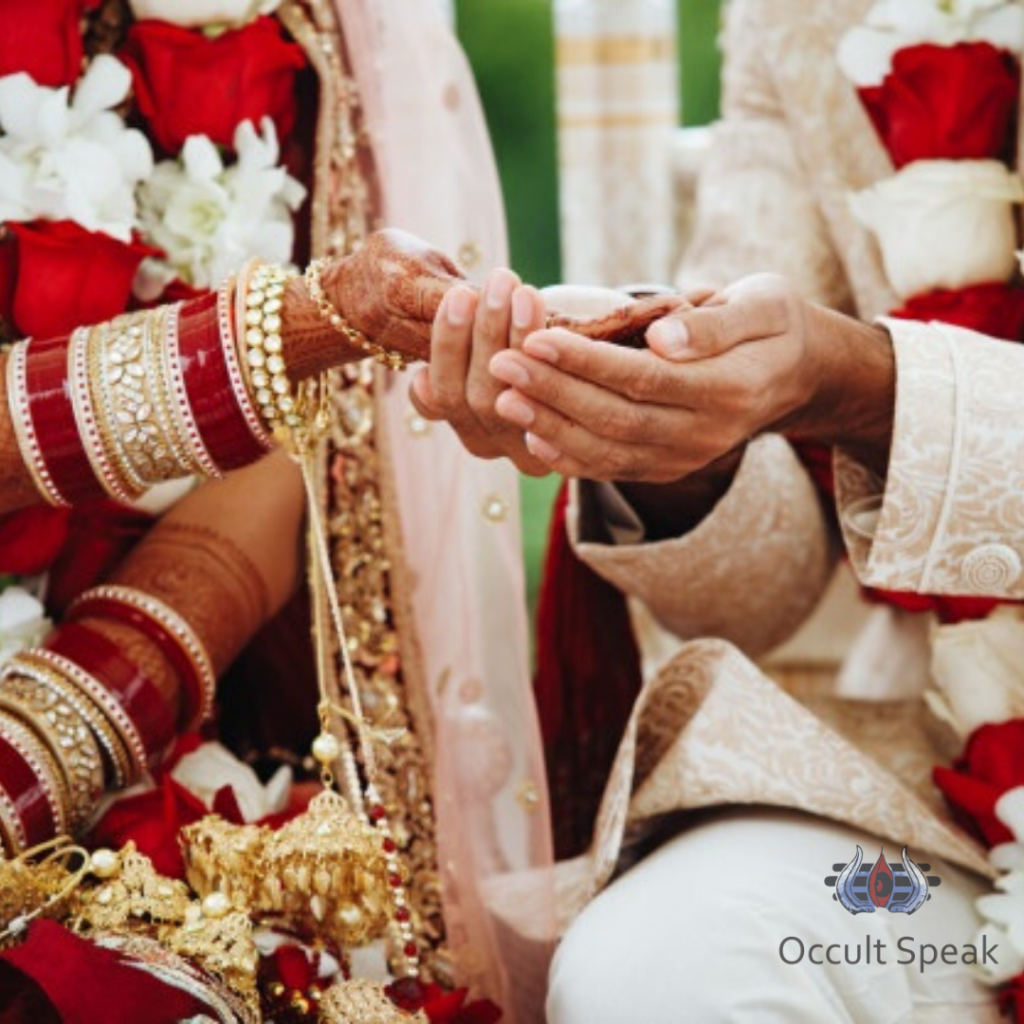
A Hindu Marriage is said to be a sacred ceremony and it is intended to be permanent hence there are less or zero chances of Divorce or Separation in Vedic Ages.
So, you or your son/daughter are willing to enter the marriage should understand that you will be together for the rest of your life and one has to take care of the partner’s negative and positive aspects of life/personality.
Therefore ideally the marriage should only take place when there is a high level of compatibility between the couple and has full trust in partners.
If the trust is less or vanished then this marriage would be considered a compromise.
But for the people who believe in marriage and have the best compatibility then they should not waste time testing their astro birth chart. Just do positive karma and follow the path of ethos. The rest will be taken care of by the almighty and your KUL DEVI.
Choosing a Partner in Marriage
Does Hindu Shastra give clear insight as to what should be the quality of Bride or Bridegroom?
Qualities of Groom (Boy)
Shastra says One should seek 7 fine qualities in a bridegroom that is good family background, good moral character, physical appearance, reputation and respect in society, learning abilities, wealth and creation and a well-proven track record of support from family and friends.
Qualities of Bride (Girl)
Shastra says One should seek a girl who is endowed with beauty, intelligence, good moral character, other auspicious features and who is healthy in mind, body and soul level.
Gotra and Marriage
The concept of Gotra is the lineage of male rishi derives. But nowadays nobody knows their own Gotra then there is no further question of matchmaking and compatibility because Hindu text says, one should not marry the person having the same gotra. These gotras died out in India and it is used only in the marriage ceremony for the sake of formality.
A woman takes her husband gotra after the marriage because of the bride gotra changes and thus she and her children bear the same gotra and therefore according to the Hindu Shastra, one should not allow for marrying the same gotra or clan.
But in some south Indian family and Maharashtra also, marrying the same gotra is permissible which I think should be stopped as these invite defective childbirth and destructive marriages. Hence we can see more divorce and separation cases in India for a decade.
What is Saptapadi?
Saptapadi is a sacred step taken together by the couple in front of the fire, these are 7 steps or vows. In Saptapadi ceremony, there is seven small pot of rice kept in this ceremony, the couple takes each step with their right foot beginning from the west direction and touch those 7 pots of rice one by one with every Vedic mantra recited by Brahmin.
The Essence of Vedic Marriage are:
- Engagement ceremony involving parents.
- Formal Bestowal of the bride on the groom.
- Honouring of the groom by the bestower.
- Taking of the bride’s hand by the groom.
- The rites of seven steps which is known as Saath-Phere or Saptapadi.
Where are these Saptapadi seen in Hindu marriage?
These 7 rites are majorly seen across the Indian community but it especially is seen in Marwadi, Gujarati, Bihar, Uttar Pradesh, Orissa, and Kerala. Saptapadi vows are taken in front of Brahmin Pandit, elders, Pancha Tatva and DemiGods to make them a witness this sacred wedding.
But nowadays the witness does not make any sense to human and court marriage and mere documents are considered as marriage which is condemned by Vedic literature.
What are these 7 Vows of Saptapadi?
When the couple gets married, they promise for the fulfilment in 4 major areas of life viz. Dharma(religious), Artha(Finance), Kaama (progeny) and Moksha (liberation by abiding in attaining spiritual retreat with a spouse). Hence in many Indian communities, we can see 4 pheras or vows.
Traditionally the groom alone recites the vow of 7 steps but nowadays it is recited by both bride and groom. The couple takes these seven steps vow- saptapadi, together in the journey of their life.
Saptapadi’s 7 steps resemble seven areas of life that they need to work together in order to have a perfect marriage.
There are 2 ways of doing these rites, viz either groom can take the hold of the bride’s big toe of the right foot and move into the seven heaps of rice, or the couple can take it together, placing their toes together and move one by one with each Vedic mantra of saptapadi.
Let’s drive to the significance of each Phera on saptapadi
The 1st Phera or the 1st vow as said in Sanskrit is
‘May Lord Vishnu guide to nourishment’
“Om esha ekapadi bhava iti prathaman,dhanam dhanyam pade vader.”
This means that the couple vows for togetherness and nourishment for married life. Here, Couple prays to Lord Fire to bless with enough of food and nourishment for the upcoming life.
Here, the groom promises his bride to provide shelter, food and the bride also promises to take responsibilities of the groom’s house.
In the first step of Phera, the couple prays for the nourishment, good health, and accepting each other’s responsibilities towards partner and family.
The 2nd Phera or the 2nd vows are said in Sanskrit is
‘May Lord Vishnu bestow you to good health.’
“Om oorje jara dastayaha ,kutumburn rakshyammi sa aravindharam.”
In the second step of Phera, the couple prays for a healthy lifestyle, timely meals which include exercise, avoiding bad habits like smoking, gambling, etc.
In the second step, the couple prays for the blessings of mental and emotional support from fire God and bestows with the spiritual strength which helps them to support each other /family in a critical time and also defend their family from all types of odds.
The 3rd Phera or the 3rd vow is said in Sanskrit is:
‘May Lord Vishnu guide to Prosperity and Security.’
In the third step of Phera, the couple prays and says when we are fit enough for performing good karma, bless us to achieve success and prosperity throughout life.
Here, the couple prays to share the happiness and wealth and if the couple wants to earn more, they work together towards the betterment of their future and bestow with wealth through which they can do charity and spiritual growth.
“Om rayas santu joradastyaha,tava bhaktu as vadedvachacha.”
The 4th Phera or the 4th vows are said in Sanskrit is
‘May Lord Vishnu guide you to consummate bliss.’
Here, the Shastra depicts that couples should be blessed with a central element for marriage life, i.e healthy sex life.
Here, the bride takes the lead and promises and prays to Fire God to bless with healthy children, she would love her husband in every possible way. The couple asks for love and bondage forever.
They also take a vow to respect each other and their families.
“Om mayo bhavyas jaradastayha, lalayami cha pade vadet.”
The 5th Phera or the 5th vows are said in Sanskrit is
‘Om prajabhyaha santu jaradastayaha, arte arba sapade vadet.’
‘May Lord Vishnu guide you to the welfare of the children and domestic animals.’
In the 5th Phera or step, the couple asks God for a blessing for 2 things, fertility for healthy children and cattle. Please note in ancient times more of properties and animals were said to signs of prosperity and investment.
Nowadays, one aspires and moving to investment in the form of savings account, mutual funds, rented house, etc. Hence, the couple asks for blessings of good finance to lead a healthier and happy married life.
The 6th Phera or the 6th vow said in Sanskrit is
‘May Lord Vishnu guide you to enjoyment according to the seasons.’
“Rutubhyah shat padi bhava, yajne home shashthe vacho vadet.”
In the 6th Phera or 6th Vow, it is said that the couple asks for the enjoyment of life whereas the bride takes responsibilities i.e playing together, vacation together and enjoying the good things of life together is called an essential element for happy marriage life.
In this step of saptapadi, the couple prays almighty for long life togetherness. Here, Bride and Groom say to each other, “you have added immense bliss to my life by entering into this sacred ceremony, I wish you will always be with me by my side throughout my life.”
The 7th Phera or the 7th vows are said in Sanskrit is
‘May Lord Vishnu guide you to in the actualization of your sevenfold spiritual energies.’
“Om sakhi jaradastayaha aatramshe sakshino vadet pade.”
In the 7th Phera or 7th Vow, it is said that realizing the ultimate purpose of life is spiritual evolution, i.e higher consciousness and unfold the potential of human life like mind, body, intelligence, strong will power and spiritual blessing from mentors and monks.
In this step, a couple enters into a new relationship of friendship and binds together, which keeps long-lasting. May this friendship binds them together, the intentions be of one accord, may the radiance be one, and mind gets united.
Let the couple united in harmony, affection, radiant with kind thoughts, which gives strength and enjoyment, hereby let our mind get united minds, bodies, spirits and hearts.
Let me know how did you find this blog on “Saptapadi”?
Cheers,
Nirav Hiingu
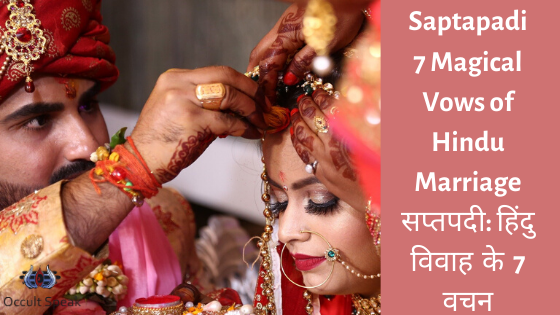
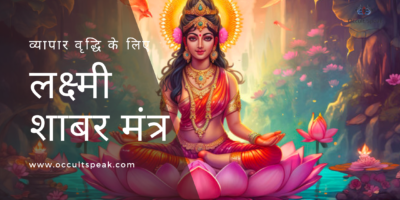
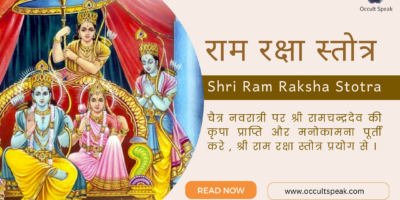
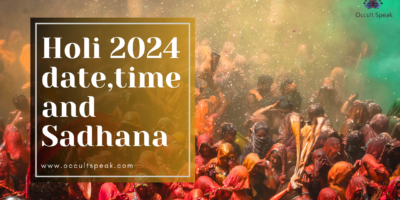
Meena Lalchandani
A very valuable write up on Saat Phere. It is a reminder for all about the importance of Saat Pheere in marriage. Thanks and wish to see many more write ups
Nirav Hiingu
Sukriya Meena, will write more if time permit,